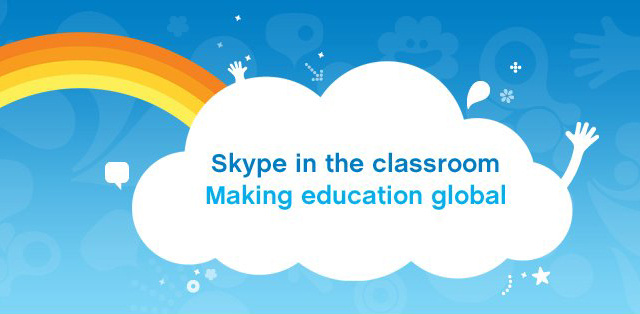After learning about transverse and longitudinal waves, the Magical Minds began to play with frequency and amplitude. We discovered over time that frequency is connected to pitch and amplitude is connected to volume.
Next I presented the students with a design challenge: "Make an instrument that can change in pitch and volume." They must be able to play the notes in order, and create a song to play in front of their peers.
Inspired by PBS's Design Squad, we viewed the episode, "Rock On" and learned some helpful tips about how to create different pitch using length, thickness and tautness of materials. Below are the magical instruments the kids created.
Next I presented the students with a design challenge: "Make an instrument that can change in pitch and volume." They must be able to play the notes in order, and create a song to play in front of their peers.
Inspired by PBS's Design Squad, we viewed the episode, "Rock On" and learned some helpful tips about how to create different pitch using length, thickness and tautness of materials. Below are the magical instruments the kids created.
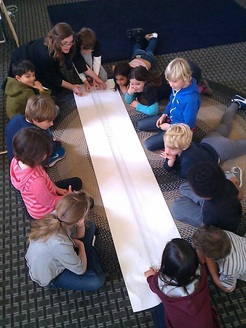
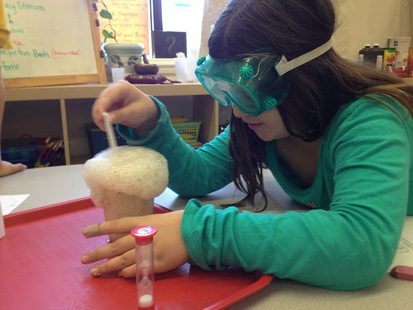
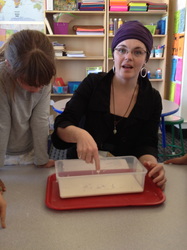
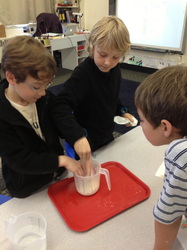
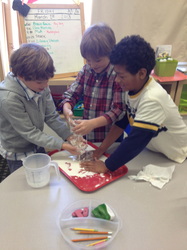
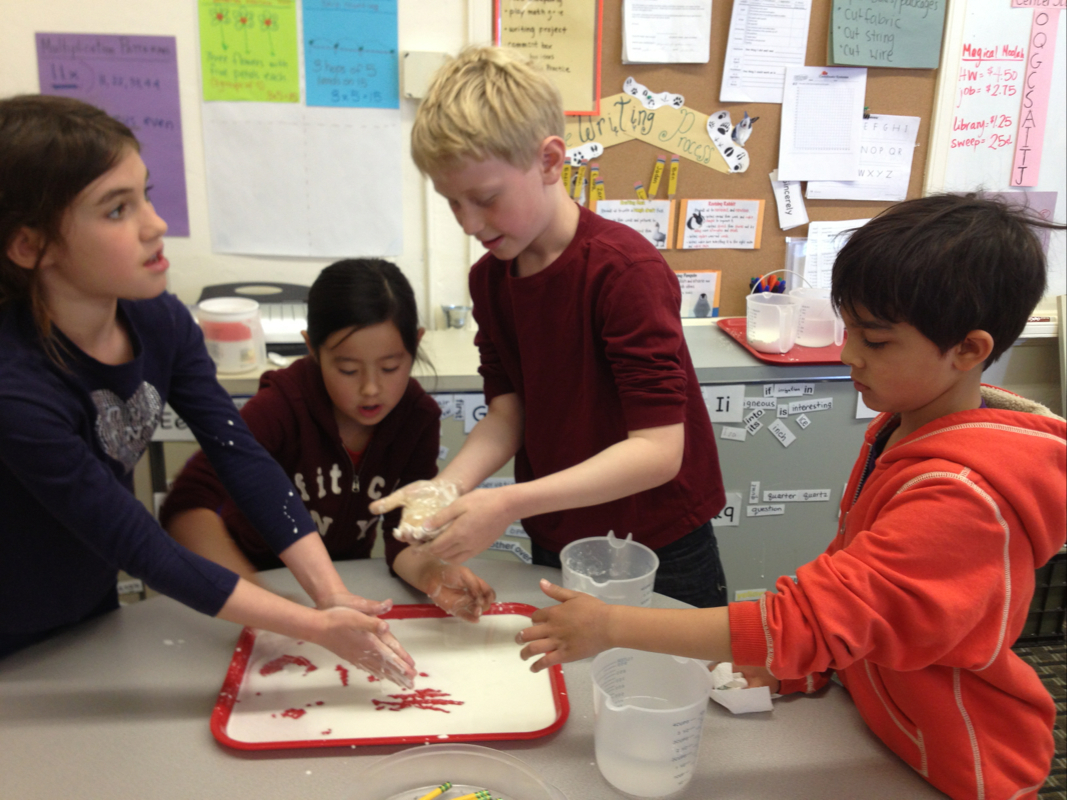
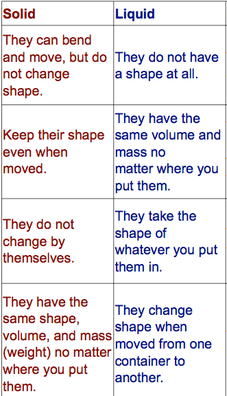
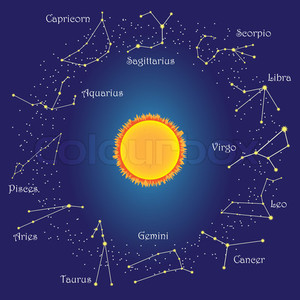
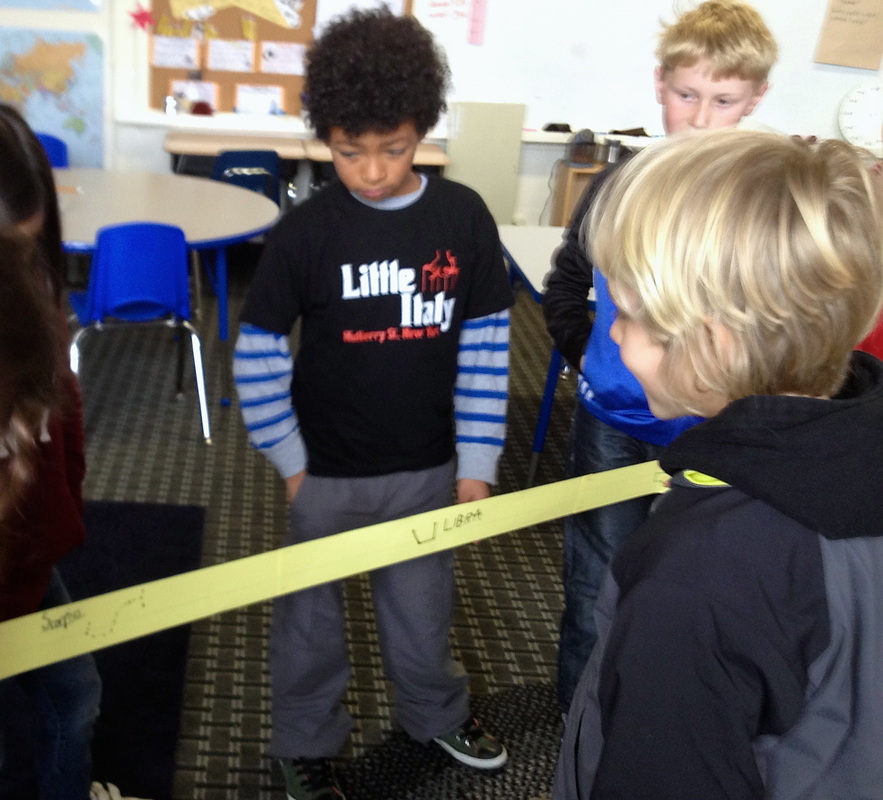
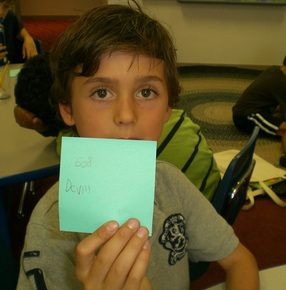
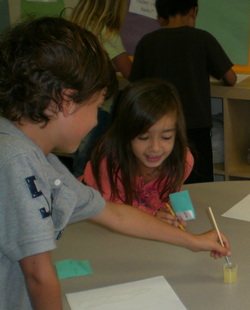
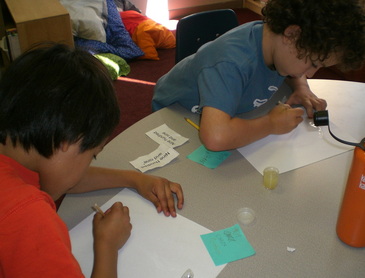
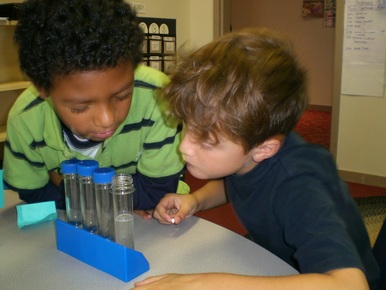
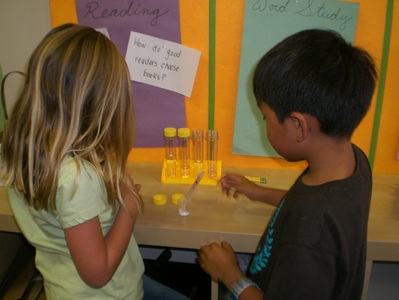
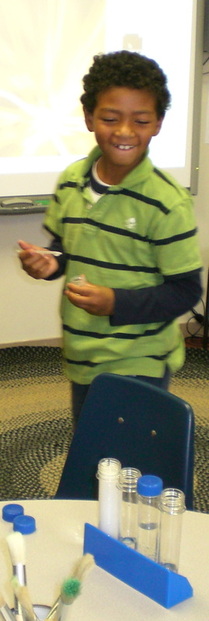
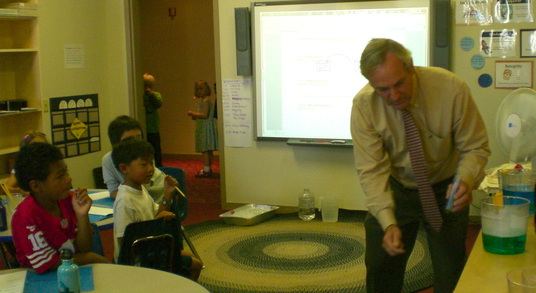
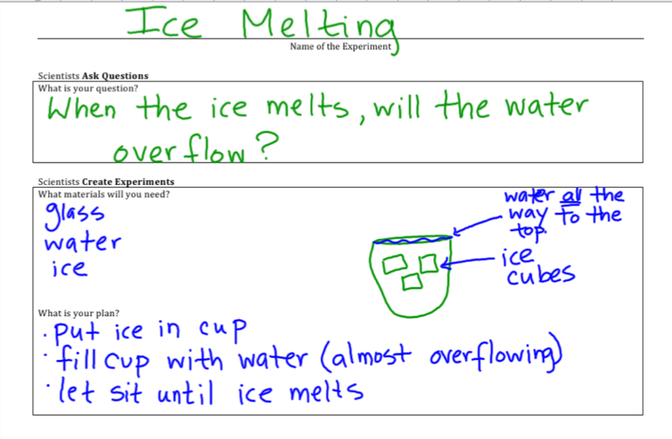

 RSS Feed
RSS Feed

